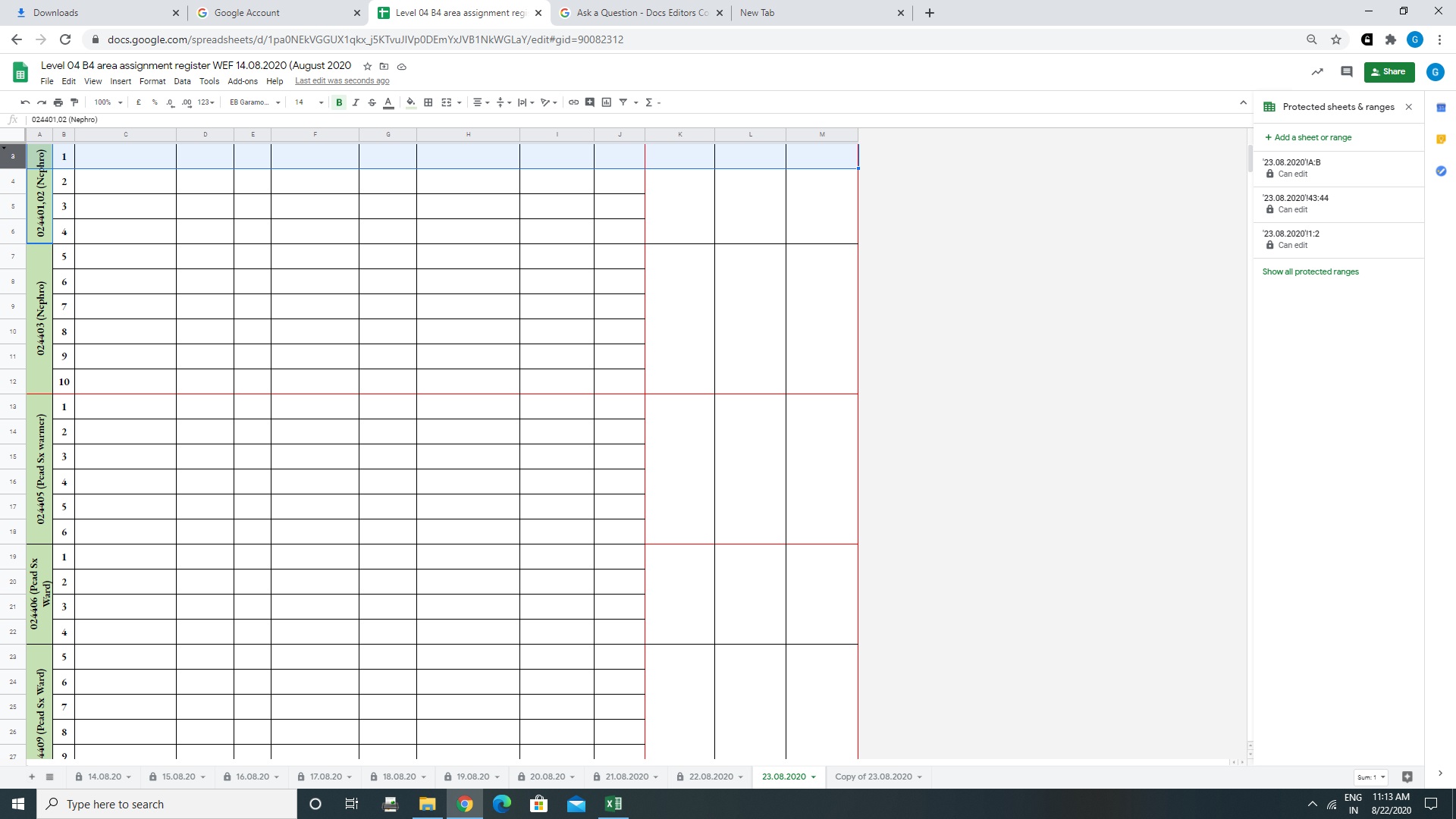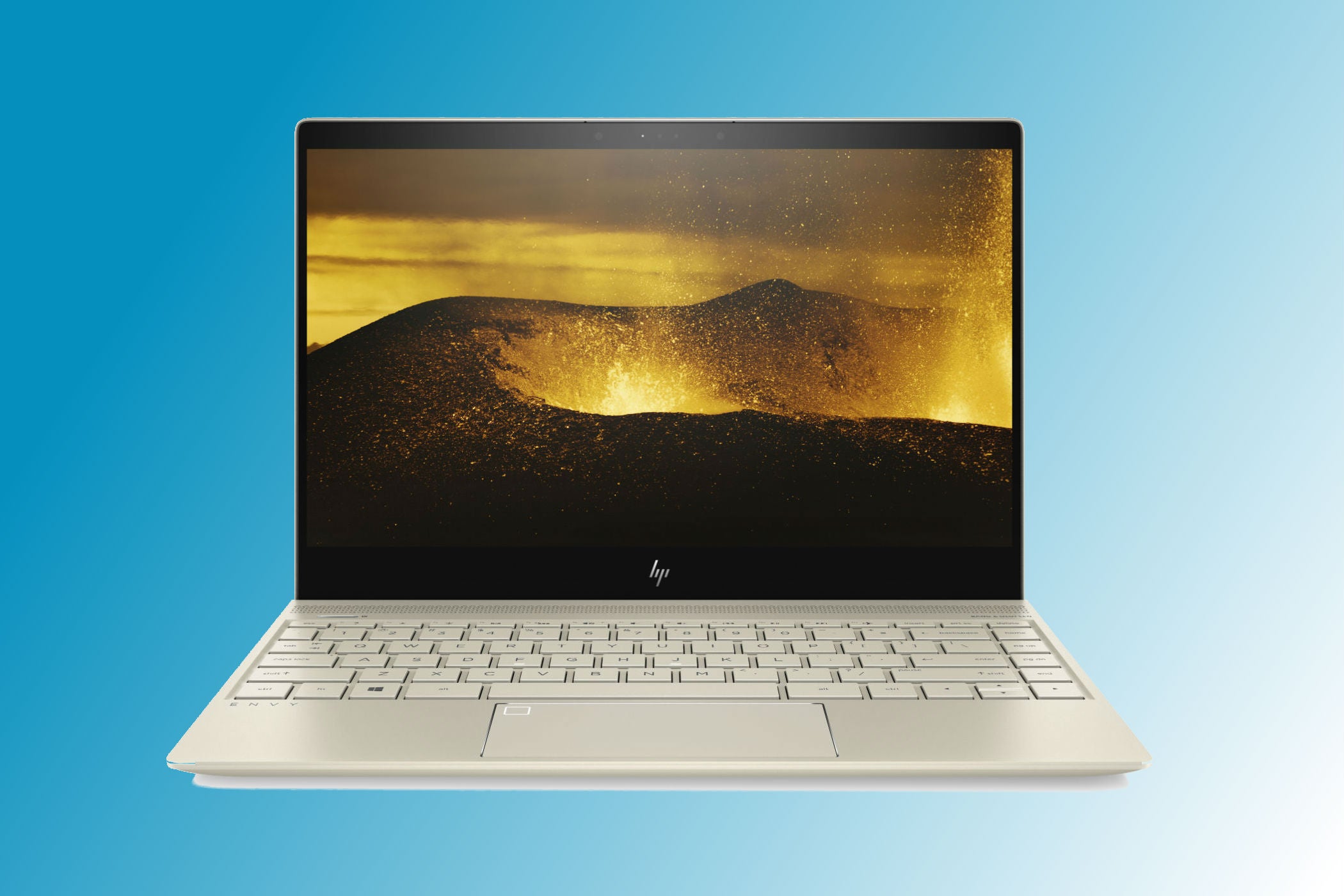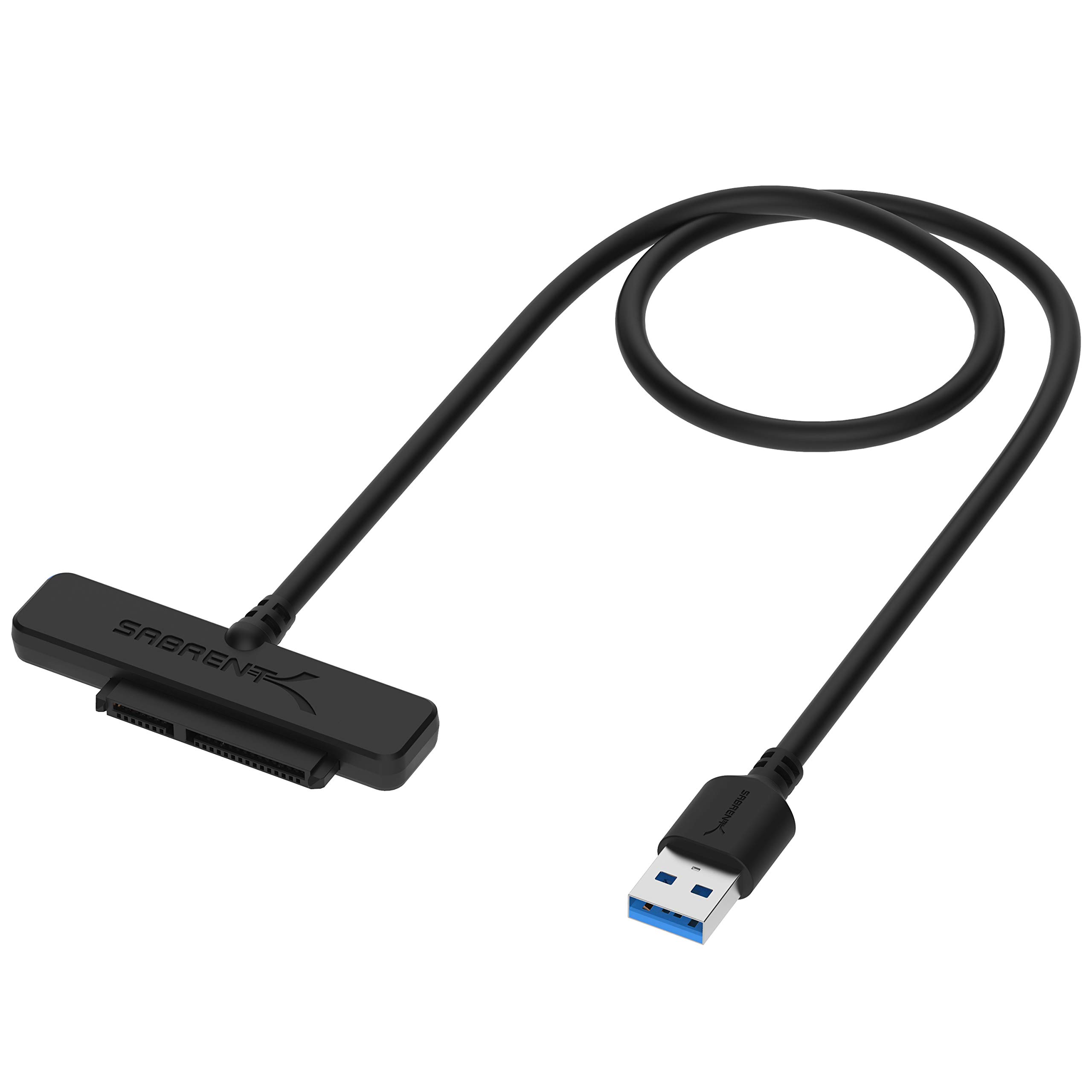Introduction
Welcome to the world of copy and paste on Windows! If you’ve ever needed to duplicate or transfer text, files, or folders, then you have likely already discovered the power of this simple yet essential feature. Copying and pasting allows you to efficiently transfer data from one location to another, whether it’s within a document, between applications, or even across different folders.
The copy and paste function is an integral part of any operating system, and Windows offers a user-friendly and versatile approach to getting this done. Whether you’re a seasoned computer user or a beginner, mastering the art of copy and paste on Windows will significantly enhance your productivity and save you valuable time.
In this guide, we will delve into the various methods of copying and pasting on Windows, covering everything from basic text copying to advanced file transfers. We will also explore helpful keyboard shortcuts and troubleshooting tips to overcome any challenges you may encounter along the way.
So, let’s embark on this copy and paste journey together, and by the end of this guide, you’ll be equipped with the knowledge and skills to make the most of this fundamental functionality on your Windows device. Whether you’re a student, a professional, or simply someone who regularly works with computers, the ability to copy and paste with ease is a game-changer that will simplify your tasks and boost your efficiency.
What is Copy and Paste?
Copy and paste is a fundamental feature that allows you to duplicate or transfer content from one location to another. It is an integral part of computing and is used in a wide range of applications, including word processors, text editors, web browsers, and file managers.
When you “copy” something, you create a duplicate of the selected content, whether it is text, an image, a file, or a folder. The copied content is temporarily stored in your device’s clipboard, ready to be pasted elsewhere. Think of the clipboard as a temporary storage area where your copied content resides until you’re ready to paste it.
Once the content is copied, you can then “paste” it into another location by inserting it at the desired position. This position can be within the same document or application, a different document, or even in a completely different program. Pasting effectively transfers the content from the clipboard to the new location.
Copy and paste functionality can improve your productivity by allowing you to quickly duplicate or transfer information without having to retype or recreate it. Whether you need to duplicate a paragraph within a document, transfer data between different applications, share files with others, or organize your files and folders, copy and paste simplifies these tasks and saves you time.
It’s worth noting that when you copy and paste text, it retains its original formatting, including font styles, sizes, colors, and even hyperlinks. This ensures that the transferred content closely resembles the original, reducing the need to manually reformat it.
Copy and paste is not limited to just text. With Windows, you can also copy and paste images, files, and entire folders. This versatility allows you to effortlessly transfer various types of content between different locations, making it an invaluable tool in your everyday computing activities.
In the next sections, we will explore how to perform copy and paste operations on Windows, step by step. From copying and pasting text to transferring files and using advanced options, this guide will equip you with the necessary knowledge to make the most of the copy and paste feature.
How to Copy Text
Copying text is one of the most common tasks performed using the copy and paste feature on Windows. Whether you need to duplicate a sentence, a paragraph, or an entire document, the process is simple and straightforward. Here’s how you can copy text on Windows:
- Open the document, web page, or application that contains the text you want to copy.
- Select the text you want to copy by clicking and dragging the cursor over it. You can also use the keyboard to navigate and select the text.
- Once the desired text is selected, right-click on it and choose the “Copy” option from the context menu. You can also use the keyboard shortcut “Ctrl + C” to copy the selected text.
- The selected text is now copied to the clipboard and ready to be pasted elsewhere.
Alternatively, you can also use the Edit menu at the top of the window to find and select the “Copy” option. Some applications may also have a copy icon or button in their toolbar that you can click to copy the selected text.
It’s important to note that when you copy text, it retains its formatting. This means that any styles, such as bold, italics, or underline, will be preserved when you paste the text. Additionally, hyperlinks within the copied text will also be retained, allowing you to maintain the integrity of the content.
Once the text is copied to the clipboard, you can paste it in another location by following the steps mentioned in the next section. Whether it’s a different document, an email, a chat application, or a web form, the process of pasting remains the same.
Copying and pasting text is a valuable skill that streamlines your workflow and eliminates the need for retyping or recreating content. Practice this technique, and you’ll be able to quickly transfer text between various applications and documents, saving you time and effort.
How to Paste Text
Once you have copied text to the clipboard, whether it’s a single word, a sentence, or a whole paragraph, you can easily paste it into another location on Windows. Here’s how to paste text:
- Open the document, application, or location where you want to paste the copied text.
- Position your cursor at the desired insertion point within the document or field where you want to place the text.
- Right-click and choose the “Paste” option from the context menu. Alternatively, you can use the keyboard shortcut “Ctrl + V” to paste the copied text.
- The text from the clipboard will be inserted at the cursor’s location, and you will see the copied content appear in the document or field.
It’s important to note that you can paste the same content multiple times in different locations within the document or across different documents. Each time you paste, a new copy of the content is created.
If you want to paste the copied text without any formatting, you can use the “Paste Special” option. This allows you to strip away any styling, such as font sizes, colors, or effects, and paste only the plain text. To access the “Paste Special” option, right-click at the insertion point, choose “Paste Special,” and select “Unformatted Text” or a similar option from the menu.
Pasting text is not limited to just within the same application or document. You can also paste text between different applications. For example, you can copy text from a webpage and paste it into a word processor or copy text from an email and paste it into a chat application.
Copying and pasting text is an efficient way to transfer information between different locations quickly. It allows you to consolidate data, combine different sources, and streamline your work process without the need for retyping or recreating content.
Now that you know how to copy and paste text on Windows, you can start incorporating it into your daily workflow and make your tasks more manageable and efficient.
How to Copy Files and Folders
Copying files and folders is a common task when organizing, archiving, or sharing data on your Windows device. Whether you want to duplicate a single file or transfer an entire folder, Windows provides a few different methods to accomplish this. Here’s how to copy files and folders:
- Navigate to the location where the file or folder you want to copy is located. This can be a specific folder on your computer or a file explorer window.
- Click on the file or folder you want to copy to select it. To select multiple files or folders, hold down the “Ctrl” key and click on each item.
- Right-click on the selected file(s) or folder(s) and choose the “Copy” option from the context menu. Alternatively, you can use the keyboard shortcut “Ctrl + C” to copy the selected item(s).
- Open the destination location where you want to paste the copied file(s) or folder(s). This can be another folder within the same directory or a completely different location on your computer.
- Right-click inside the destination folder or location and choose the “Paste” option from the context menu. Alternatively, you can use the keyboard shortcut “Ctrl + V” to paste the copied item(s) into the new location.
- The file(s) or folder(s) will be copied to the new location, creating duplicates of the original item(s) while leaving the originals intact.
Windows also allows you to copy files or folders by dragging and dropping them to the desired location. To do this, simply click and hold the mouse button on the selected item(s), drag them to the destination folder or location, and release the mouse button to initiate the copy process.
When copying files or folders, it’s important to note that if a file or folder with the same name already exists in the destination location, Windows will prompt you to choose whether to replace the existing item(s), skip copying the item(s), or copy them with a different name. This flexibility allows you to handle potential conflicts and manage your data effectively.
By mastering the art of copying files and folders on Windows, you can easily organize your data, create backups, and share files with others. It’s a versatile feature that simplifies your file management tasks and enhances your overall productivity.
How to Paste Files and Folders
Pasting files and folders is an essential part of managing your data on Windows. Whether you’re organizing files, creating backups, or sharing data with others, the ability to paste items in the desired location is crucial. Here’s how you can paste files and folders on Windows:
- Navigate to the folder or location where you want to paste the copied files or folders.
- Right-click inside the destination folder or location and choose the “Paste” option from the context menu. Alternatively, you can use the keyboard shortcut “Ctrl + V” to initiate the paste process.
- The copied files or folders will be pasted into the selected location, creating duplicates of the original items while leaving the originals intact.
Remember that when you paste files or folders, Windows may prompt you to handle any conflicts if items with the same name already exist in the destination location. You can choose to replace the existing items, skip copying the conflicting items, or copy the items with different names to avoid any potential data loss or overwriting.
In addition to the traditional copying and pasting method, Windows also offers the option to paste files and folders using drag-and-drop. Simply select the files or folders you want to copy, click and hold the mouse button, drag them to the destination folder or location, and release the mouse button to initiate the paste process.
It’s worth noting that when you paste files or folders, the original content is duplicated, and any changes made to the copied items will not affect the original ones. This allows you to safely experiment, make modifications, or create backups without worrying about altering the source files or folders.
Whether you’re organizing your files into specific folders, transferring files between different drives or devices, or sharing files with others, the copy and paste feature simplifies these tasks and streamlines your workflow.
By understanding how to copy and paste files and folders on Windows, you have the flexibility to manage your data efficiently and maintain control over your files. It’s a valuable skill that enhances your overall file management capabilities and helps ensure the integrity and safety of your important data.
Using the Paste Special Option
While the standard paste function on Windows works well for most scenarios, there are times when you may need more control over how the pasted content appears. This is where the “Paste Special” option comes in handy. With the Paste Special feature, you can choose to paste content in different formats, such as plain text or as an image, depending on your specific needs. Here’s how to use the Paste Special option:
- Copy the desired content as you normally would, using the copy command or keyboard shortcut.
- Navigate to the destination where you want to paste the content.
- Right-click in the destination location and find the Paste Special option in the context menu. Click on it to open the Paste Special dialog box.
- In the Paste Special dialog box, you’ll find various options to choose from, depending on the content type you’ve copied and the application you’re pasting into. Common options include:
- Formatted Text: This option retains some of the formatting, such as font styles and sizes, but removes any complex formatting or embedded objects.
- Unformatted Text: This option pastes the content as plain text, stripping away all formatting and leaving only the raw text.
- Bitmap: This option converts the copied content, such as a graph or chart, into an image that can be resized and manipulated independently of the original source.
- Select the desired paste format from the available options in the Paste Special dialog box.
- Click on the OK button to paste the content using the selected format.
Using the Paste Special option gives you more flexibility and control over how the content is pasted. This is particularly useful when pasting text into applications that have limited formatting capabilities or when you want to remove any potential formatting inconsistencies caused by copying from different sources.
Keep in mind that the available paste formats in the Paste Special dialog box may vary depending on the source content and the application you’re working with. Some applications may offer additional paste options specific to their functionality.
By utilizing the Paste Special option when appropriate, you can ensure that the pasted content appears exactly as you need it to, whether that’s retaining formatting, removing formatting, or transforming it into a different format altogether. It’s a powerful feature that adds even more versatility to the copy and paste functionality on Windows.
Keyboard Shortcuts for Copy and Paste
While right-clicking and using the context menu is a common way to perform copy and paste operations, Windows also provides handy keyboard shortcuts for a faster and more efficient workflow. Knowing these keyboard shortcuts can save you time and eliminate the need to navigate through menus. Here are some essential keyboard shortcuts for copy and paste on Windows:
- Copy:
Ctrl + C: Pressing these keys simultaneously will copy the selected content to the clipboard. This shortcut is widely used across various applications and can copy text, files, or folders.- Paste:
Ctrl + V: Pressing these keys simultaneously will paste the contents of the clipboard into the current location. Whether it’s text, files, or folders, this shortcut is a quick way to paste the copied content.- Cut:
Ctrl + X: This shortcut is used to cut or remove the selected text or files from their current location. It’s similar to the copy shortcut, but instead of copying, it removes the content and places it in the clipboard for pasting elsewhere.- Select All:
Ctrl + A: Pressing these keys simultaneously selects all the content within the active document or window. It’s a handy shortcut when you want to copy or delete all the text or files in one go.
These keyboard shortcuts are universal and work across most Windows applications. However, some applications may have additional or alternative keyboard shortcuts specific to their functionality. It’s always a good idea to explore the application’s documentation or menu options to discover any specialized shortcuts.
By using keyboard shortcuts for copy and paste, you can perform these actions quickly and efficiently, without the need to rely on the mouse or context menus. As you become familiar with these shortcuts, you’ll find yourself navigating through your tasks at a faster pace, enhancing your productivity and workflow.
Troubleshooting Copy and Paste Issues
While the copy and paste feature on Windows is generally reliable, you may encounter occasional issues that prevent it from functioning as expected. If you’re experiencing problems with copying and pasting, don’t worry. There are several troubleshooting steps you can take to resolve these issues:
- Check for software conflicts: Sometimes, specific applications or software running on your computer can interfere with the copy and paste functionality. Try closing unnecessary applications or running a clean boot to identify and resolve any conflicts.
- Restart your computer: Performing a simple restart can often fix temporary glitches or memory issues that may be affecting the copy and paste functionality.
- Update your operating system: Make sure your Windows operating system is up to date with the latest software updates and patches. Updates often include bug fixes and performance enhancements that can resolve copy and paste issues.
- Check the clipboard: If you’ve copied something, but it doesn’t paste correctly or doesn’t paste at all, check the contents of your clipboard. Some applications or clipboard managers may override or alter the copied content. Clearing the clipboard and trying again can help resolve these issues.
- Scan for malware: Malware infections can sometimes interfere with system functions, including copy and paste. Perform a thorough scan of your computer using reliable antivirus software to remove any potential threats.
- Check the keyboard shortcuts: Ensure that the keyboard shortcuts for copy and paste (Ctrl + C, Ctrl + V) are functioning correctly. If they’re not, check your keyboard settings or consider using an alternative keyboard.
- Try alternative methods: If the traditional copy and paste methods don’t work, try using alternative methods, such as drag and drop or using the Edit menu options of the application you’re working with.
- Restart the clipboard service: Sometimes, restarting the clipboard service can help resolve copy and paste issues. Open the Task Manager, go to the Processes tab, find and select the “rdpclip.exe” process, and click on the “End Task” button. Then, open the Task Manager again, go to the File menu, and choose “Run new task.” Type “rdpclip.exe” in the “Open” field and press Enter to restart the clipboard service.
If the above steps don’t resolve your copy and paste issues, it may be worth seeking further assistance from technical support or researching specific troubleshooting solutions for your particular situation. Remember to provide as much detail as possible about the problem, including the applications involved, any error messages, and the steps you’ve already taken to troubleshoot.
By following these troubleshooting steps, you can overcome common copy and paste issues and regain the full functionality of this essential feature on your Windows device.
Summary
Copy and paste is a fundamental feature that allows you to duplicate or transfer content on your Windows device. Whether it’s text, files, or folders, mastering the art of copy and paste can significantly enhance your productivity and streamline your workflow.
In this guide, we explored the various methods of copying and pasting on Windows. We covered how to copy text by selecting it and using the right-click menu or keyboard shortcuts. We also learned how to paste text into different locations using the right-click menu or keyboard shortcuts.
Additionally, we discussed copying and pasting files and folders, which is a valuable skill for organizing, archiving, and sharing data. We explored the traditional method of copying and pasting files using the right-click menu, as well as the drag-and-drop technique.
We also touched on the Paste Special option, which allows for more control over the pasted content’s format. This feature is handy when you want to remove formatting or transform the content into a different format.
Furthermore, we highlighted essential keyboard shortcuts for copy and paste, enabling faster and more efficient operations. These shortcuts, such as Ctrl + C for copy and Ctrl + V for paste, can significantly speed up your workflow.
Lastly, we discussed troubleshooting copy and paste issues by checking for software conflicts, restarting the computer, updating the operating system, and performing other troubleshooting steps. By following these steps, you can resolve common issues and ensure the smooth functioning of the copy and paste feature.
By harnessing the power of copy and paste on Windows, you can save time, simplify tasks, and increase your overall productivity. Whether you’re a student, a professional, or a casual user, mastering these techniques will empower you to work more efficiently and effectively.

























